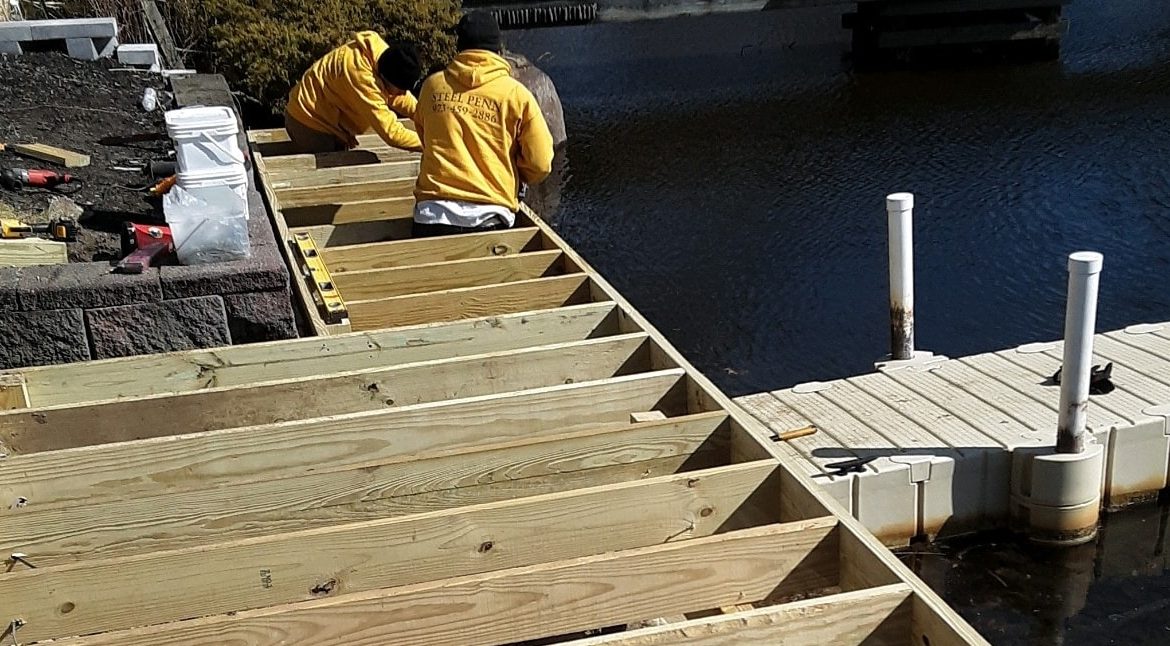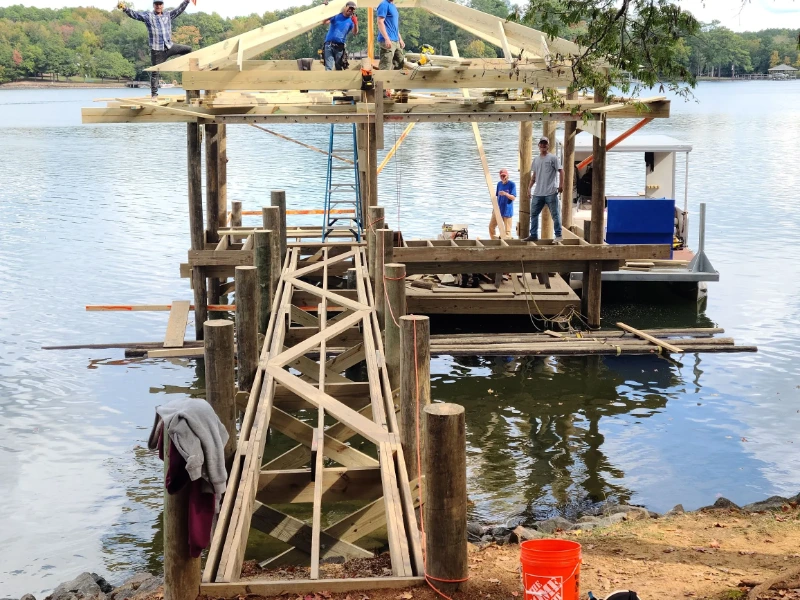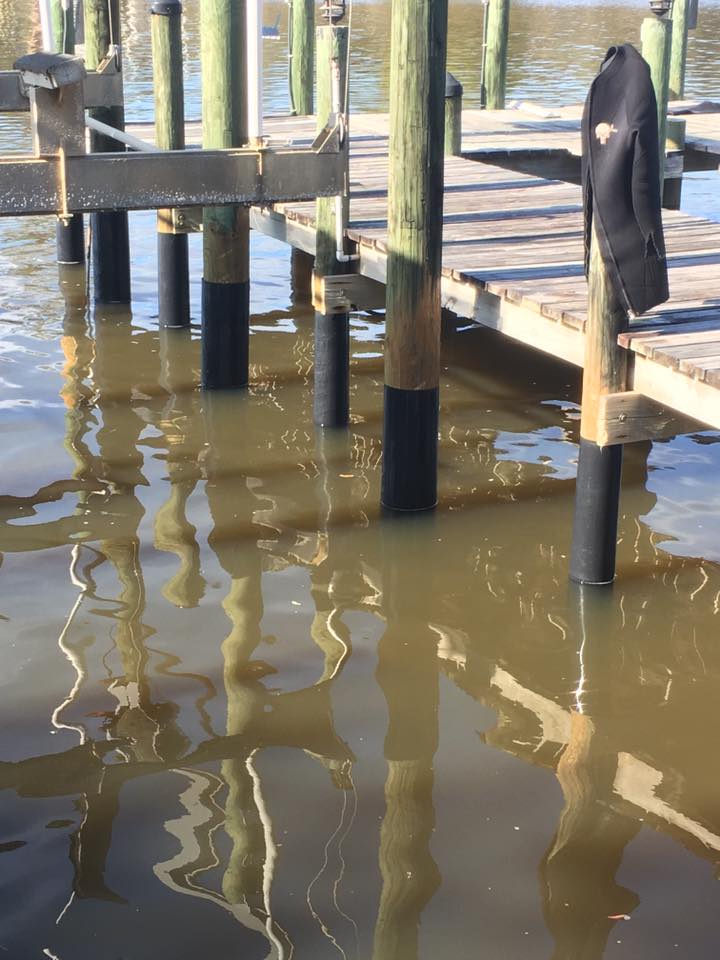Comprehending the Costs Involved in Dock Repairs
Comprehending the Costs Involved in Dock Repairs
Blog Article
Effective Dock Repair Work Techniques: Ensuring Architectural Stability
Ensuring the architectural honesty of anchors with effective repair techniques is critical for the long life and security of marine facilities. Subsequently, choosing the best fixing products, such as composite products and corrosion-resistant alloys, is critical for longevity.
Analyzing Dock Damages
Examining dock damage is an important very first step in making certain the architectural integrity and security of any type of docking center. This first examination includes a comprehensive examination to determine both hidden and visible problems. Secret aspects to analyze include the dock's foundation, pilings, outdoor decking, and equipment. Each part has to be looked at for signs of wear, rot, deterioration, or various other forms of deterioration that can endanger the structural stability.
Structural engineers or certified examiners generally perform these evaluations using specialized strategies and tools. For circumstances, underwater evaluations could utilize sonar equipment or from another location ran automobiles (ROVs) to find immersed damage. Over water, visual assessments are matched by utilizing moisture meters and other diagnostic tools to reveal underlying issues not promptly noticeable to the naked eye.

Choosing Repair Products
Choosing the proper repair materials is a pivotal action in the dock repair process, one that straight influences the durability and performance of the fixed structure. Material option should be driven by variables such as environmental conditions, load-bearing requirements, and compatibility with existing dock elements. For example, timber is a conventional choice for anchors because of its natural durability and aesthetic charm. Selecting the appropriate kind of wood, such as pressure-treated lumber or normally rot-resistant varieties like cedar or teak wood, is essential to endure marine settings.
Along with timber, composite materials are progressively preferred due to their toughness and low upkeep needs. Composites, usually made from a blend of plastic and timber fibers, supply outstanding resistance to rot, insects, and UV damage. For metal docks, selecting corrosion-resistant alloys such as galvanized steel or marine-grade light weight aluminum is necessary to stop corrosion and guarantee architectural integrity in saline water conditions.
Epoxy resins and marine-grade sealers are indispensable for fixing fractures and securing joints, giving a water resistant obstacle and enhancing the dock's overall stamina. By diligently picking high-grade materials, dock repair services can attain resilient outcomes, therefore securing against future degradation and making sure secure, trustworthy usage.
Structural Reinforcement Techniques
Reliable architectural support methods are important in making sure the stability and longevity of dock repairs. One fundamental approach entails the usage of steel or composite reinforcement bars (rebar) within concrete frameworks. Rebar gives added tensile strength, avoiding fractures and distributing tons much more evenly. This method is particularly reliable for docks revealed to hefty lots or severe environmental problems.
One more essential strategy is the application of fiber-reinforced polymers (FRP) These materials provide high strength-to-weight ratios and exceptional resistance to deterioration, making them perfect for enhancing concrete or wooden docks. FRP can be applied in sheets or strips and adhered with epoxy resins to boost architectural honesty.
Supporting and anchoring systems additionally play an important function in structural support. Cross-bracing, making use of steel or wood light beams, can counteract side pressures, lowering guiding and motion. Securing systems, such as helical piers or driven stacks, provide a steady foundation by transferring loads to much deeper, extra steady soil layers.
Finally, the integration of load-distribution plates can aid distribute weight extra evenly across the dock's surface, minimizing localized anxiety points. These strategies jointly make sure that anchors remain robust and safe, efficient in enduring the rigors of their operational environment.
Advanced Fixing Techniques

Another sophisticated strategy includes underwater welding, which enables fixings to be conducted without the need to dewater the location. This technique is especially useful for addressing architectural issues in submerged dock components, making certain minimal disruption to operations. Boosted welding techniques, paired with robotic systems, supply precision and dependability, thus prolonging the life-span of the dock.
Additionally, cathodic protection systems are implemented to stop deterioration in metallic dock structures. By utilizing sacrificial anodes or pleased existing systems, these techniques properly minimize the electrochemical procedures that bring about product degeneration.
Last but not least, progressed monitoring modern technologies, such as structural health and wellness monitoring (SHM) systems, give real-time data on the problem of dock frameworks. These systems enable proactive upkeep and prompt interventions, ultimately ensuring the long-lasting architectural honesty of the dock.
Maintenance and Avoidance
Maintenance and avoidance are essential ideas that underpin the longevity and safety of dock frameworks. Normal assessments are extremely important, allowing for early discovery of wear and tear, prospective weak points, and ecological effects. A positive technique, entailing routine checks for rust, rot, and structural changes, minimizes pricey repair services and extends the dock's functional life.
Safety nets must include applying safety finishes to steel components to protect versus rust and using treated wood to withstand decay. In addition, making sure proper water drainage and air flow can prevent water accumulation, which is an usual source of structural degradation. Integrating top quality products and sticking to maker standards throughout construction and repair phases likewise play essential duties in boosting resilience.

Educating workers in dock maintenance ideal techniques ensures regular application of safety nets. Leveraging technological advances, such as important source drones for inspections visit site and sensors for real-time tracking, can further improve maintenance efforts. By focusing on upkeep and avoidance, dock proprietors can make certain structural stability, functional safety and security, and cost-effective monitoring over the dock's life-span.
Final Thought
In conclusion, keeping the structural integrity of aquatic centers requires detailed dock repair methods. Advanced repair service methods, combined with normal upkeep techniques, ensure the dock continues to be risk-free and functional under varied ecological problems.
Ensuring the structural integrity of anchors with effective fixing strategies is paramount for the durability and security of marine centers.Choosing the suitable repair work products is a critical step in the dock remediation process, one that straight affects the longevity and performance of the fixed structure.Reliable architectural support techniques are important in making certain the stability and long life of dock repairs. By prioritizing maintenance and prevention, dock owners can guarantee structural honesty, operational security, and economical administration over the dock's life-span.
In verdict, keeping the architectural stability of marine facilities necessitates comprehensive dock repair methods.
Report this page